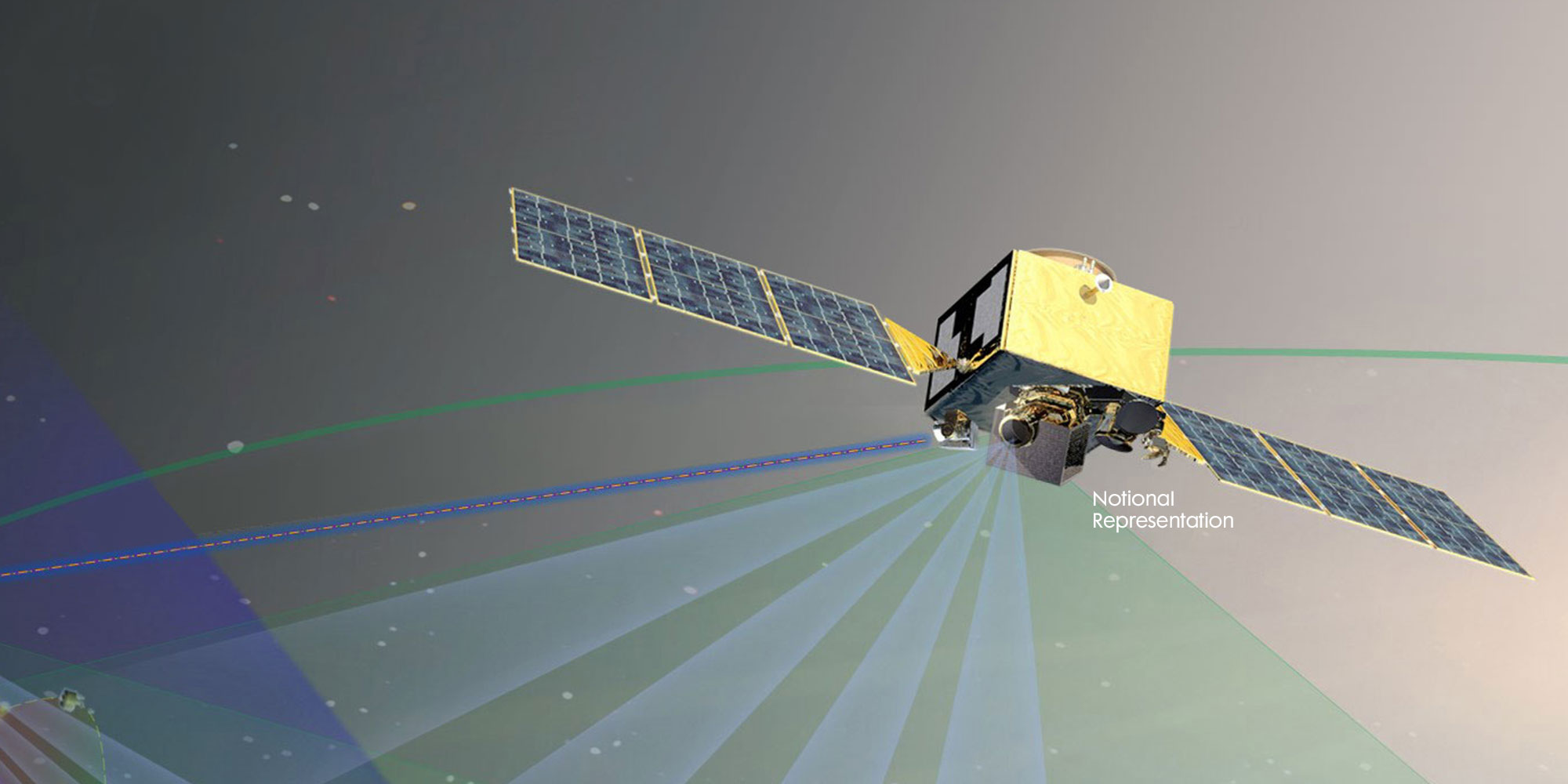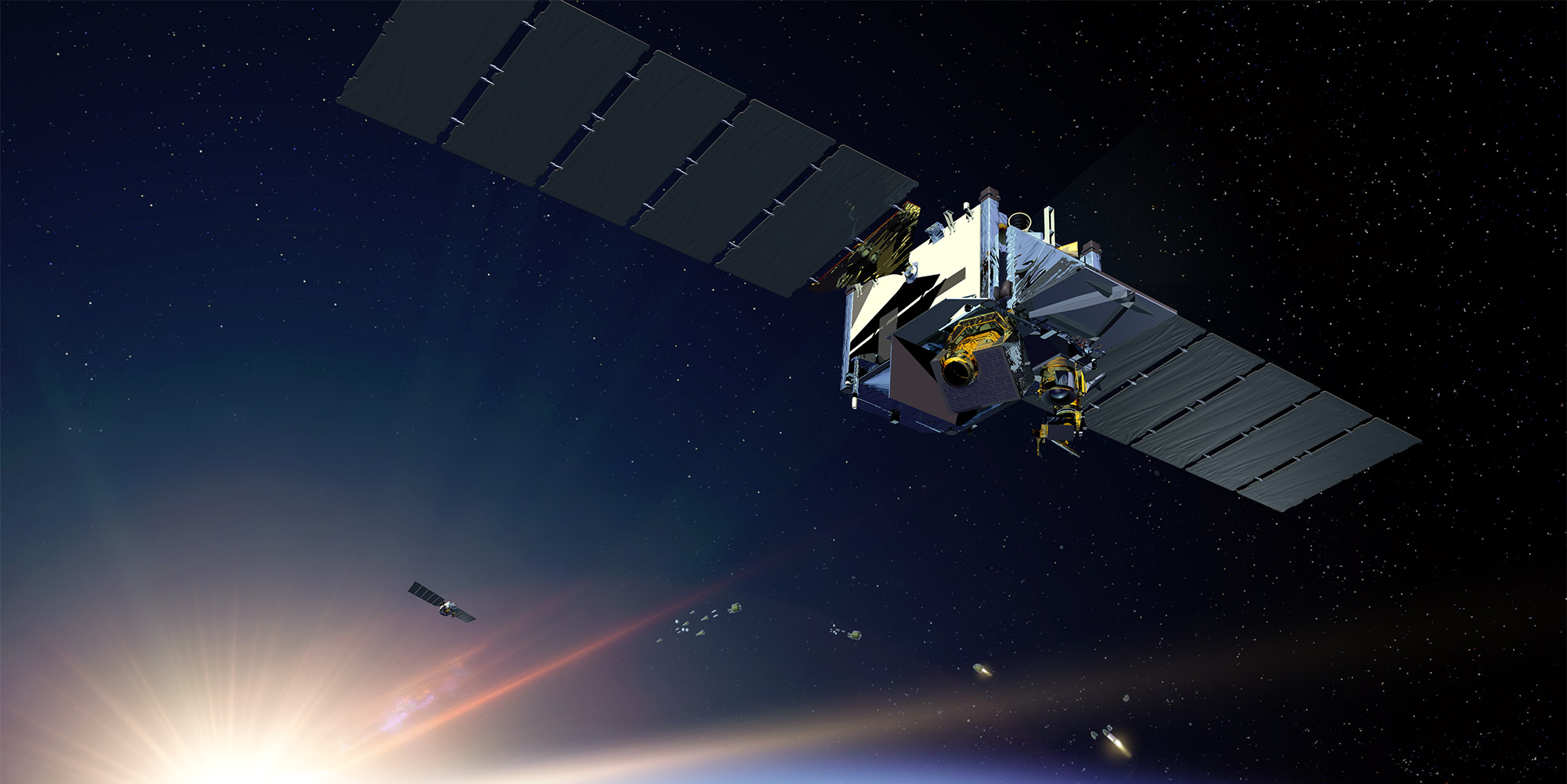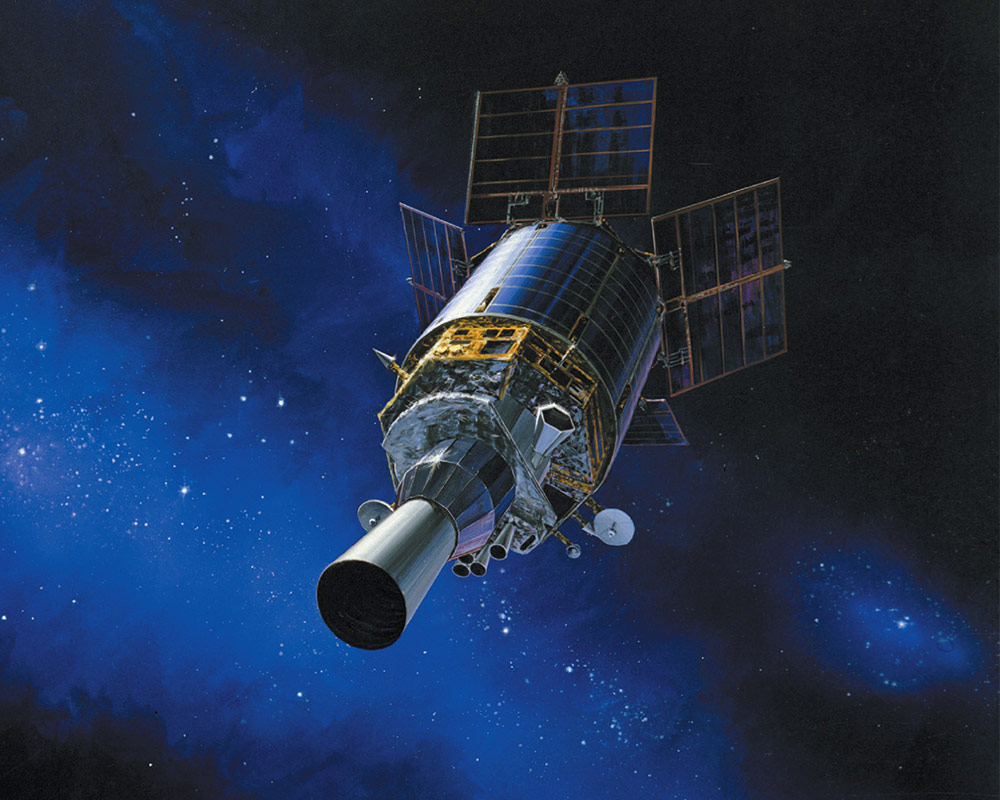When Daniel started as an intern, he didn’t expect to work on one of the most complex challenges facing his team.
Missile Warning and Tracking
Detect, Track, and Discriminate Missile Threats
An Unblinking Eye
Northrop Grumman’s missile warning and tracking systems deliver a decisive advantage — playing a crucial role in integrated, layered homeland defense.
Our nation’s eyes in the sky, these sensing systems give warfighters advance notice of missile threats and supply crucial information to decision-makers in high-pressure situations when milliseconds matter. For decades, Northrop Grumman has been a leading provider of the systems, payloads, ground systems and advanced space processing that enable missile warning and tracking. Today, we are advancing the next generation of space sensing systems.
Proliferated Warfighter Space Architecture, Tracking Layer
In support of Space Development Agency’s Proliferated Warfighter Space Architecture, Northrop Grumman is a leader in the effort to rapidly field a global proliferated low-Earth orbit architecture of data transport and missile warning/missile tracking satellites and the powerful ground systems that stitch it all together. We are under contract to deliver 16 space vehicles as part of global constellation of infrared missile warning and missile tracking satellites. These satellites integrate with the Transport Layer’s low-latency meshed communication network — for which we are delivering 116 satellites — enabling conventional and advanced missile tracking from proliferated low-Earth orbit.
Next Gen OPIR Polar
Northrop Grumman’s Next-Generation Overhead Persistent Infrared (OPIR) polar-orbiting satellites, known as NextGen Polar (NGP), are a key element in strategic missile warning for our nation’s defense. NGP will cover the northern polar region – the shortest route for a missile to travel toward the United States and the most difficult region to monitor from space. NGP will succeed the legacy Space-Based Infrared Systems (SBIRS) Highly Elliptical Orbit (HEO) hosted payload program and will have the advanced capability needed to pinpoint targets anywhere in the Northern Hemisphere, offering protection in the most contested environments.

Hypersonic and Ballistic Tracking Space Sensor Satellites
HBTSS will be a critical part of the multi-layered OPIR constellation of satellites. It will provide continuously updated high-quality tracks to handoff for targeting hypersonic threats. Responding to cues from the warning and custody layers, an HBTSS constellation will augment the existing OPIR network of sensors by providing high-precision target tracks to battle management and fire control systems, supporting intercept of advanced missile threats – including hypersonic glide vehicles.
Space-Based Infrared System
Northrop Grumman designed and built the mission payloads for the Space-Based Infrared System (SBIRS) system, which enhances global missile launch detection capability, supports the nation's ballistic missile defense system, expands the country’s technical intelligence gathering capacity and bolsters situational awareness for warfighters on the battlefield. The SBIRS architecture includes a resilient mix of satellites in Geosynchronous Earth Orbit (GEO), hosted payloads in Highly Elliptical Orbit (HEO) orbit, and ground mission-processing hardware and software.
Photo Credit: U.S. Air Force

Space Tracking and Surveillance System
Built by Northrop Grumman in support of the Missile Defense Agency, two demonstration Space Tracking and Surveillance System (STSS) satellites successfully completed their missions and were retired in 2022. Launched in 2009 and expected to operate for four years, these demonstration satellites outlived their design life threshold three times over. Today, their achievements pave the way for future operational missile warning and tracking systems that will defend the nation.

Defense Support Program (DSP)
The Northrop Grumman-built Defense Support Program (DSP) satellites have been the spaceborne segment of NORAD's Tactical Warning and Attack Assessment system since 1970. Using infrared detectors that sense the heat from missile plumes against the earth background, these orbiting sentries detect, characterize and report ballistic missile launches; they also see nuclear detonations.

